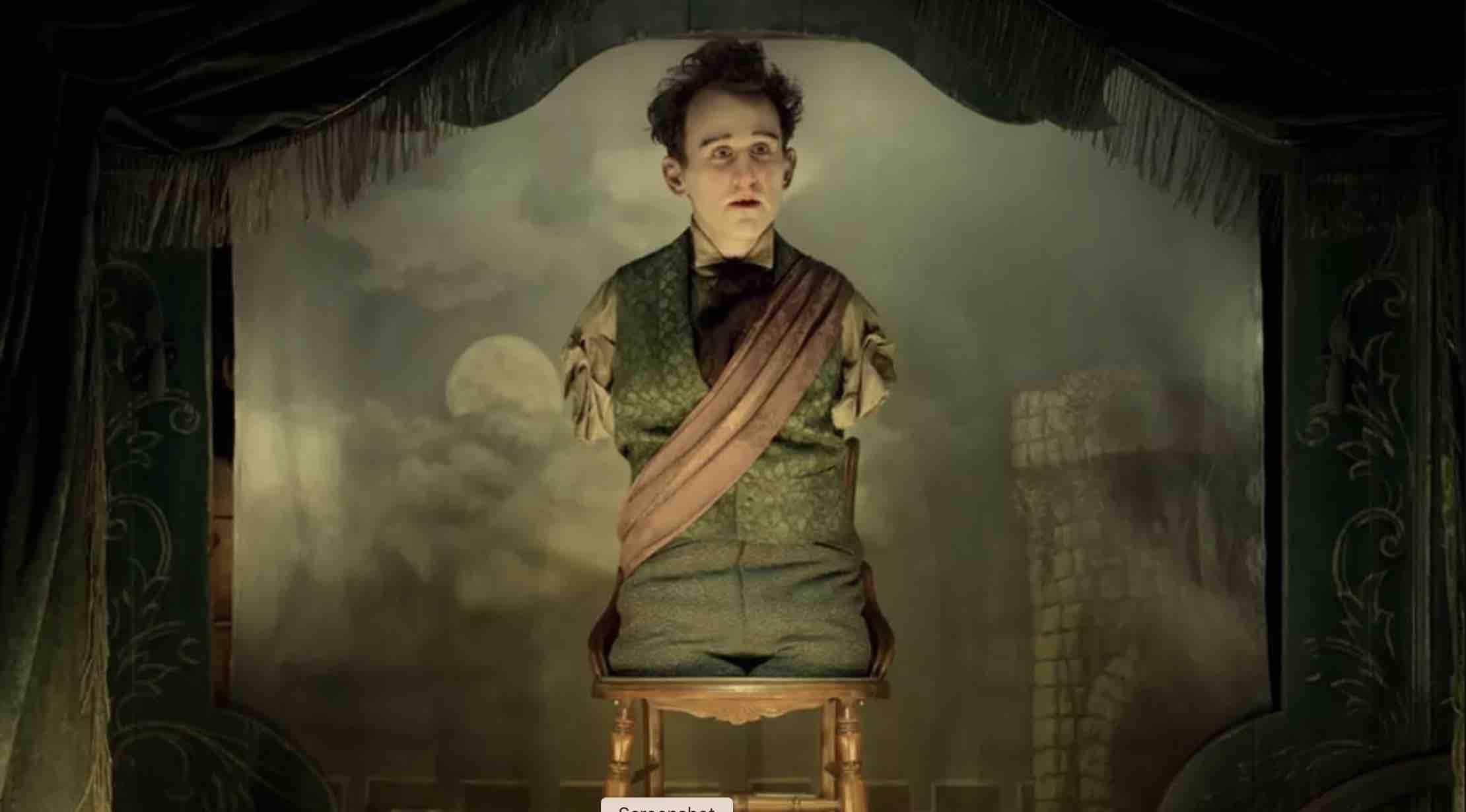As a piece of narrative writing, Joel and Ethan Coen’s The Ballad of Buster Scruggs ranks as one of their most challenging and provocative works. Somehow, its structure – a six-story Western anthology – is the least complex aspect of their work. For all its mordant humor and rousing action scenes (and we get three or four brilliant reminders of how underrated the Coens are as pure action-movie orchestrators), the film plays like a postdoctoral thesis on the universe’s cosmic, yawning indifference towards human lifeforms.
The only one of the Scruggs stories that remotely approximates a happy ending is their adaptation of Jack London’s “All Gold Canyon” (which stars a phenomenal Tom Waits as a beyond-determined prospector), and even it seems to regard humanity as a brutish irritant that only upsets the balance of the natural world.
But something like “Meal Ticket” seems more reflective of the Coens’ worldview. In it, Liam Neeson’s traveling stage producer uses and abuses his armless/legless performer and then literally tosses him away when a better act comes a’calling. True to form, that act is a counting chicken – even the casual absurdities can destroy us.
While every Buster Scruggs story ends in death, at least death is an ending! It might come violently or perplexingly (or both, in the case of “The Girl Who Got Rattled,” with its heartbreaking blend of genuine human sentiment and savage graphic violence). It might seem to violate every notion we have about conventional morality and the afterlife: vide the gut-punch ending to “The Ballad of Buster Scruggs,” wherein Tim Blake Nelson’s horrifyingly cheerful psychotic gets to go to Heaven, all while singing a little ditty about “exchanging his spurs for wings.”
But at least death is something. That’s a tangible relief from the existential void that concludes so many other Coen Brothers movies.
The second installment, “Near Algodones,” is little more than a well-made one-note joke. James Franco plays an outlaw who can’t muster more than nonplussed irritation at each near-death experience he faces. With a great Crazy Stephen Root performance, yet it serves a necessary structural function: the Coens use it to signify that not every story will proceed with the same lunatic abandon as the titular yarn.
Furthermore, it ends on a melancholy, winsome note that slowly dominates the proceedings – by the time we reach “The Mortal Remains” at the end, the whole film rings in this sad, spooky key.
Maybe the Coens have finally grown up. Or maybe they’re forcing the same on us, whether we’re ready or not. An astonishing film.
